Protecting the Future of Investigative Reporting
Book by Stephen Gillers
Reviewed by Carolyn Schurr Levin
For better or for worse, journalists became the story in 2018. In addition to being named as Time’s “Person of the Year,” journalists “taking great risks in pursuit of greater truths” were also honored by being called onto stage just before midnight to push the button that began the lowering of the Times Square New Year’s Eve ball, ushering in 2019. “In one of the world’s most famous public squares, it is fitting to celebrate free press and free speech as we reflect on where we’ve been during the past year and what it is we value most as a society,” said Tim Tompkins, president of the Times Square Alliance, the organizer of the New Year’s event.
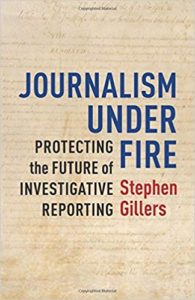 Although Americans may no longer agree on much, we can probably all agree that 2018 was a difficult year for journalists, and not only because the phrases “enemy of the people” and “fake news” were bantered around so often that they no longer jarred us. (Remember the days when we were all able to agree upon whether a fact was true or false?) Head shaking and hand wringing aside, what can–and should–be done to protect present and future journalists? In “Journalism Under Fire: Protecting the Future of Investigative Reporting,” Stephen Gillers, the Elihu Root Professor of Law at New York University Law School, answers that question, offering provocative, if perhaps wistful, solutions.
Although Americans may no longer agree on much, we can probably all agree that 2018 was a difficult year for journalists, and not only because the phrases “enemy of the people” and “fake news” were bantered around so often that they no longer jarred us. (Remember the days when we were all able to agree upon whether a fact was true or false?) Head shaking and hand wringing aside, what can–and should–be done to protect present and future journalists? In “Journalism Under Fire: Protecting the Future of Investigative Reporting,” Stephen Gillers, the Elihu Root Professor of Law at New York University Law School, answers that question, offering provocative, if perhaps wistful, solutions.
Gillers begins with two premises. First, a free press is essential to American democracy. Second, because the First Amendment, legislation, and court opinions are the primary sources of press freedom, the meaning of freedom of the press must begin with what the law says. Based upon these assumptions, he examines the First Amendment’s Press Clause through the framers’ intended meaning, textual analysis, and an intricate and detailed survey of the preeminent press cases (New York Times v. Sullivan, Branzburg v. Hayes, Cohen v. Cowles Media, and all of the other cases we teach in our media law classes). He argues that, although the Supreme Court has in recent decades ignored the Press Clause, the clause nonetheless gives a distinct set of rights to the press that the Constitution does not give to all speakers. Those rights are not static, but must change and expand as new circumstances arise. The press, Professor Gillers argues, needs protection against liability for defamation and privacy invasion, for the right to protect confidential sources without risking jail, and for how it gathers news. Continue reading “Book review: Journalism under fire by Stephen Gillers”
 Storytelling still at the heart of journalism
Storytelling still at the heart of journalism
 ABSTRACT: Successful college media programs, when judged against their peers, are located in academic departments with faculty-level advisors (Terracina-Hartman and Nulph 2013; Kopenhaver 2015). This study aims to examine communication practices and messages of universities and academic departments that promote these top college media outlets using social media tools. Which is preferred: Facebook or Instagram for celebrating an award? Does a university tag a student newspaper? Or does the department take the lead in announcing? Or does a college newspaper post its good news, tag its home institution, and then academic departments and colleges like, share, retweet, repost and tag? Perhaps the institution, department, and/or student media outlet chooses none of these, making them virtually invisible? The posts – whether celebratory, recruiting, spotlighting an alum, or introducing editors – enhance not only visibility for the college media program, but also produce a level of association between student media and their home institutions.
ABSTRACT: Successful college media programs, when judged against their peers, are located in academic departments with faculty-level advisors (Terracina-Hartman and Nulph 2013; Kopenhaver 2015). This study aims to examine communication practices and messages of universities and academic departments that promote these top college media outlets using social media tools. Which is preferred: Facebook or Instagram for celebrating an award? Does a university tag a student newspaper? Or does the department take the lead in announcing? Or does a college newspaper post its good news, tag its home institution, and then academic departments and colleges like, share, retweet, repost and tag? Perhaps the institution, department, and/or student media outlet chooses none of these, making them virtually invisible? The posts – whether celebratory, recruiting, spotlighting an alum, or introducing editors – enhance not only visibility for the college media program, but also produce a level of association between student media and their home institutions. This free workshop is designed for those interested in the First Amendment – students, teachers, advisers, media professionals and community activists – who want to create creative First Amendment activities in their communities. Sessions include a First Amendment refresher mini-course, discussion about current conflicts, an event planner how-to, a group brainstorm about ideas to educate others about the First Amendment and more.
This free workshop is designed for those interested in the First Amendment – students, teachers, advisers, media professionals and community activists – who want to create creative First Amendment activities in their communities. Sessions include a First Amendment refresher mini-course, discussion about current conflicts, an event planner how-to, a group brainstorm about ideas to educate others about the First Amendment and more.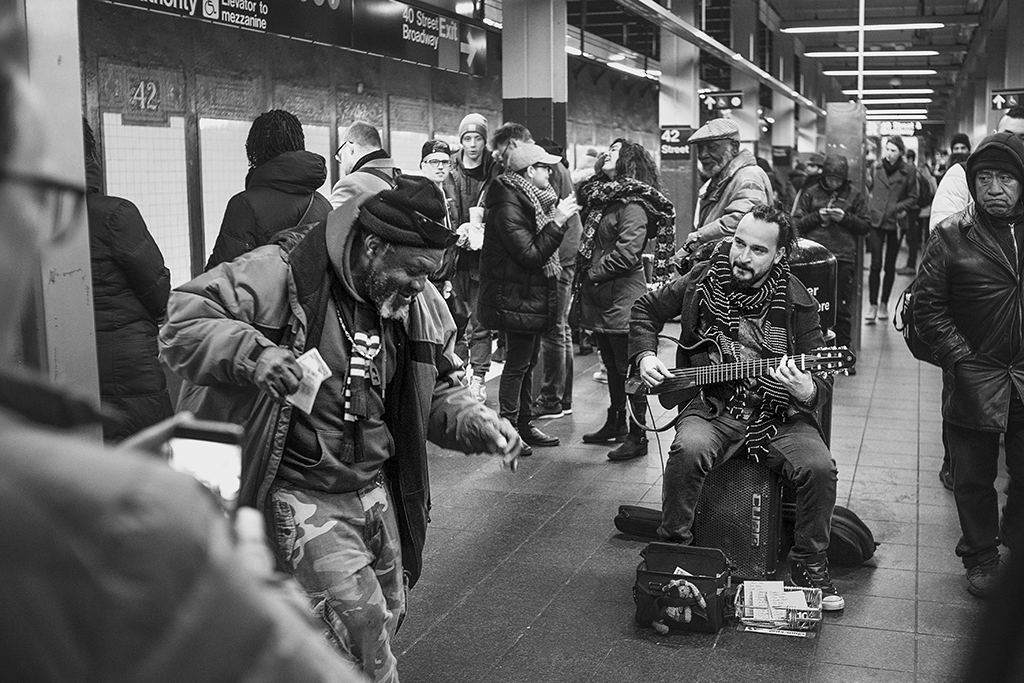
 Although Americans may no longer agree on much, we can probably all agree that 2018 was a difficult year for journalists, and not only because the phrases “enemy of the people” and “fake news” were bantered around so often that they no longer jarred us. (Remember the days when we were all able to agree upon whether a fact was true or false?) Head shaking and hand wringing aside, what can–and should–be done to protect present and future journalists? In “Journalism Under Fire: Protecting the Future of Investigative Reporting,” Stephen Gillers, the Elihu Root Professor of Law at New York University Law School, answers that question, offering provocative, if perhaps wistful, solutions.
Although Americans may no longer agree on much, we can probably all agree that 2018 was a difficult year for journalists, and not only because the phrases “enemy of the people” and “fake news” were bantered around so often that they no longer jarred us. (Remember the days when we were all able to agree upon whether a fact was true or false?) Head shaking and hand wringing aside, what can–and should–be done to protect present and future journalists? In “Journalism Under Fire: Protecting the Future of Investigative Reporting,” Stephen Gillers, the Elihu Root Professor of Law at New York University Law School, answers that question, offering provocative, if perhaps wistful, solutions.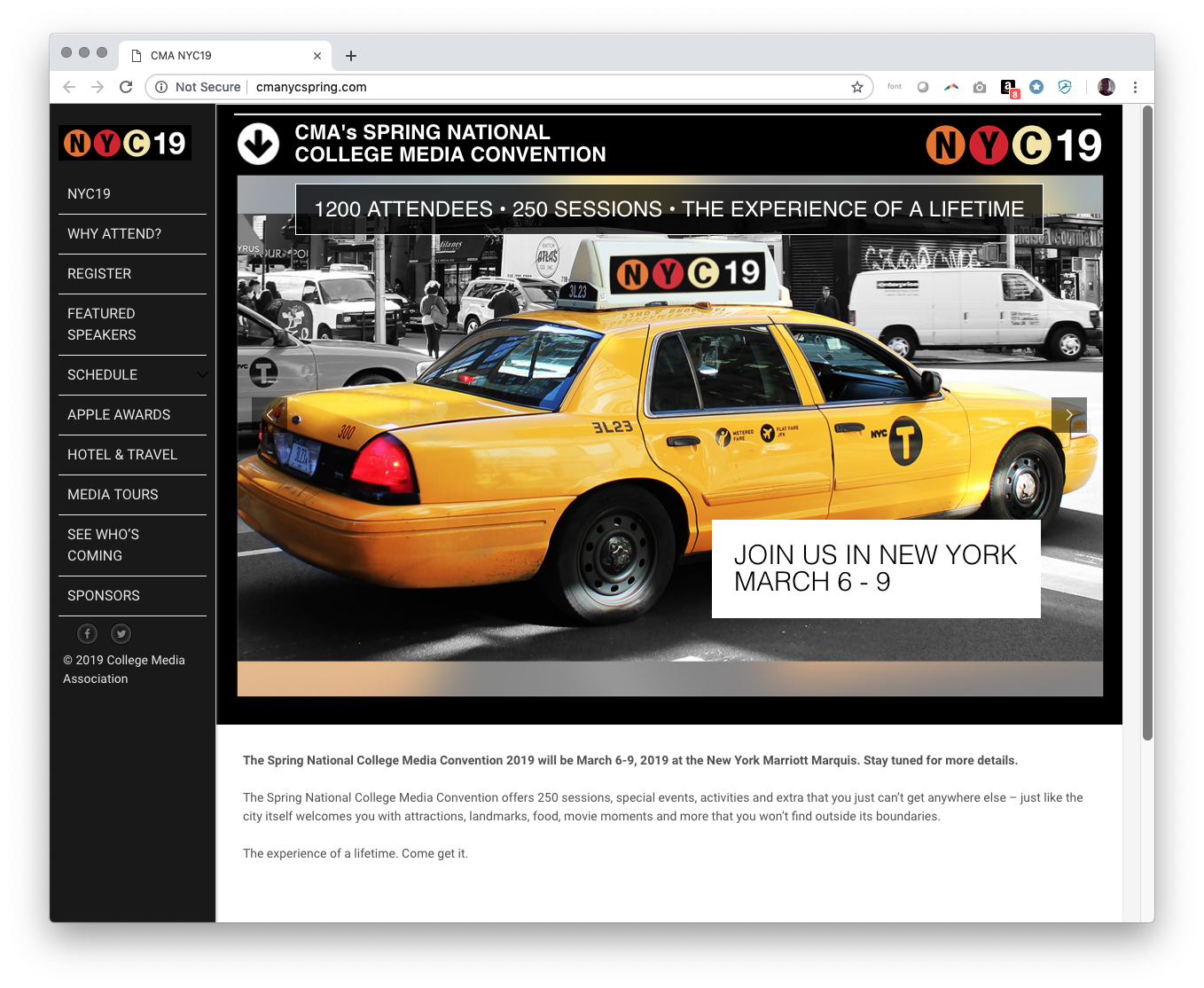 College Journalists convene in New York
College Journalists convene in New York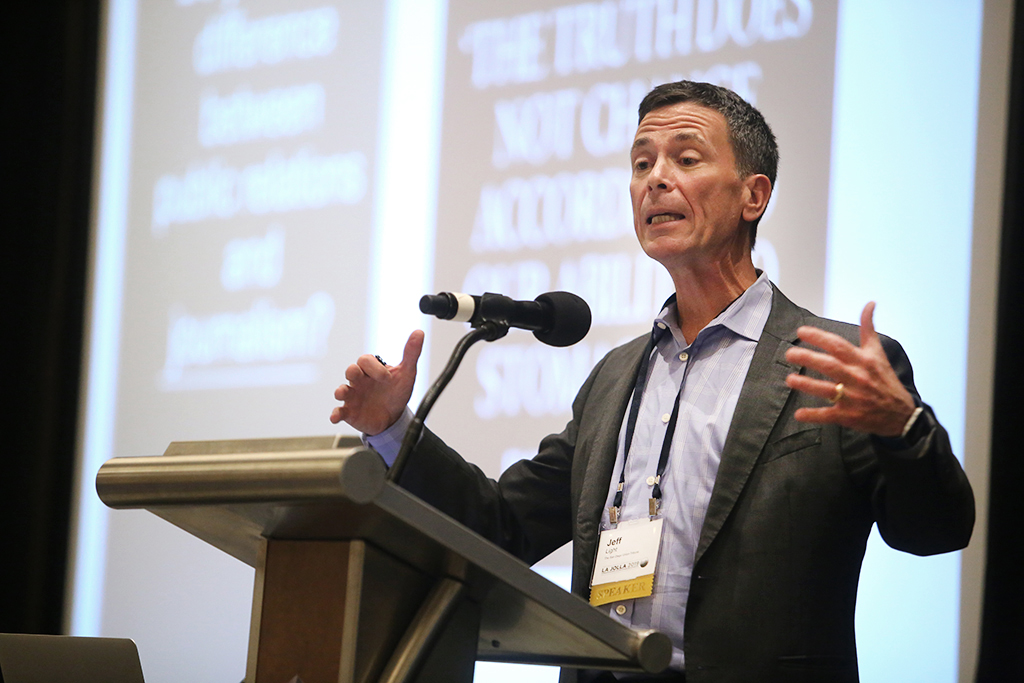
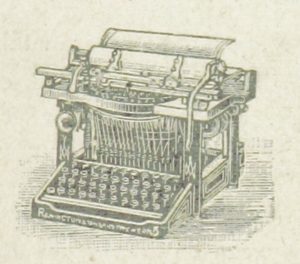 The adviser emailed the student, a senior broadcasting major poised to graduate from college in a mere few weeks, and asked her to stop by the adviser’s office before class the following morning. The student inquired in her email response about the purpose of the meeting. The adviser told her that she had some concerns about the story submitted that week.
The adviser emailed the student, a senior broadcasting major poised to graduate from college in a mere few weeks, and asked her to stop by the adviser’s office before class the following morning. The student inquired in her email response about the purpose of the meeting. The adviser told her that she had some concerns about the story submitted that week.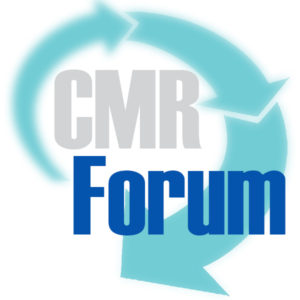 College media advisers are educators who teach students to become responsible citizens in a noisy world in which a multitude of media so persuasively point in the opposite direction. Regardless of the specific media entity advisers work with, there are common opportunities and challenges. College student-produced publications and broadcast operations have much in common with the quickly expanding population of student-run communications agencies. There’s much we can learn from each other. We must work together to strengthen our educational presence and show clearly our public value in these tumultuous times.
College media advisers are educators who teach students to become responsible citizens in a noisy world in which a multitude of media so persuasively point in the opposite direction. Regardless of the specific media entity advisers work with, there are common opportunities and challenges. College student-produced publications and broadcast operations have much in common with the quickly expanding population of student-run communications agencies. There’s much we can learn from each other. We must work together to strengthen our educational presence and show clearly our public value in these tumultuous times.